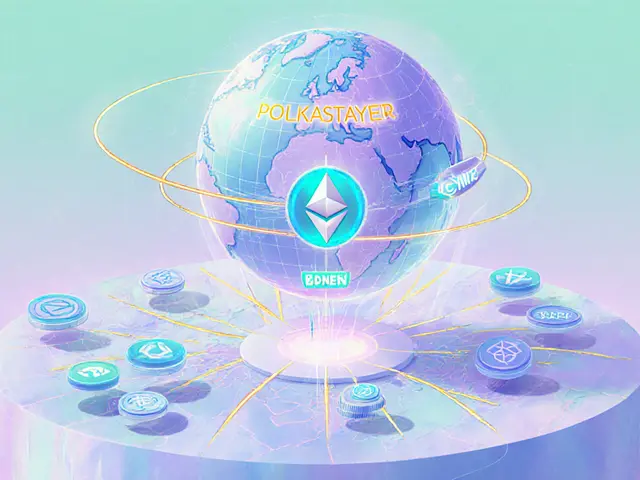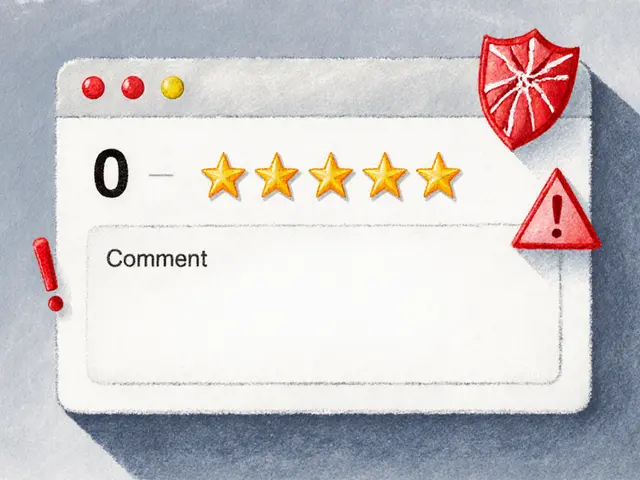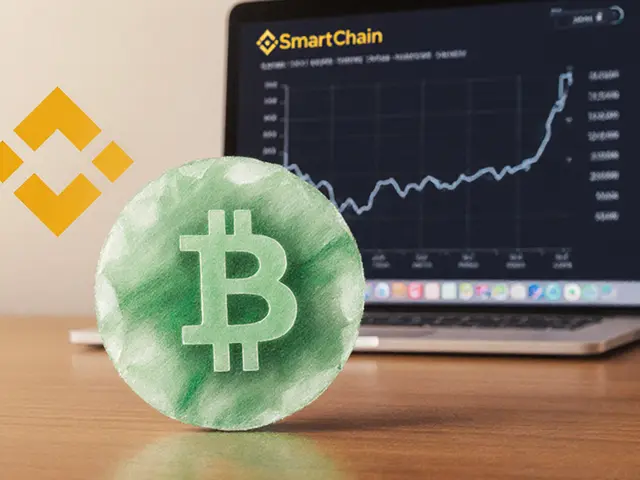WOO X Review – All You Need to Know
WOO X review gives you the lowdown on the platform’s core features, token economics, and how it stacks up against other exchanges. When working with WOO X, the hybrid crypto exchange that blends a centralized order‑book with deep liquidity from its native token and partner networks. Also known as WOO Network Exchange, it aims to cut fees and boost order execution speed.
Understanding decentralized exchange (DEX), a peer‑to‑peer trading model that lets users swap tokens without a central order book is key because WOO X leverages DEX technology to pull in external liquidity. This creates a larger liquidity pool, a collection of token reserves that users can trade against instantly, which in turn drives tighter spreads and faster fills. The platform’s trading fees, the cost taken from each transaction, are among the lowest in the market, thanks to the token‑backed rebate system. In short, WOO X encompasses token swapping, requires low trading fees, and benefits from deep liquidity pools—making it attractive for both retail traders and market makers.
Below you’ll find a curated collection of articles that break down each of these aspects in detail, from tokenomics and fee structures to real‑world usage tips and comparative analysis with other crypto exchanges.

A detailed WOO X review covering fees, liquidity, security, trading tools, and how it compares to other exchanges for high‑volume crypto traders.
Jonathan Jennings Jul 27, 2025




